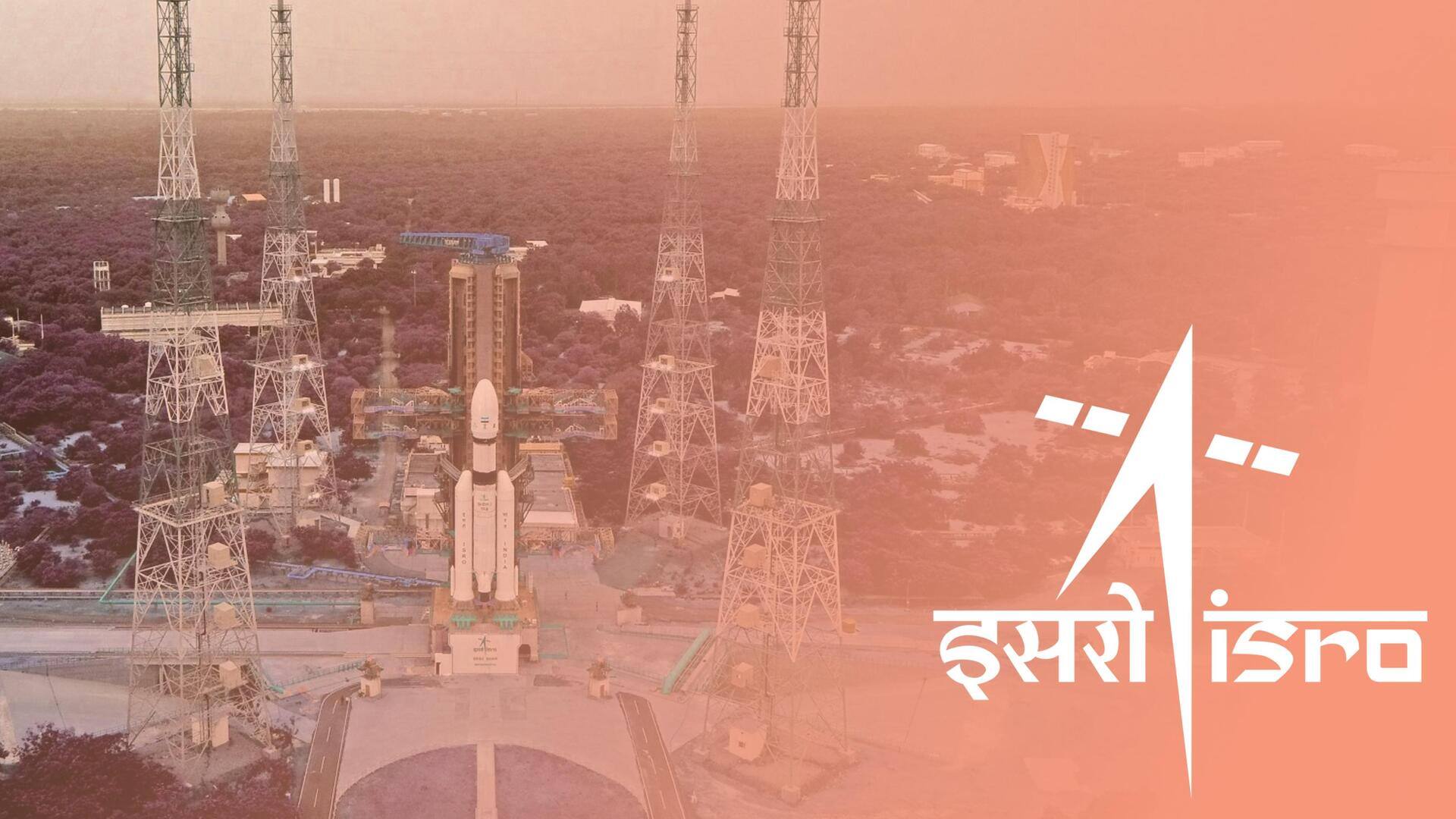
Chandrayaan-3 mission objectives, explained
What's the story
The Indian Space Research Organisation (ISRO) is set to notch a crucial milestone with Chandrayaan-3. The mission will attempt to land near the Moon's south pole today, and if successful, it will be the first to have done so. The anticipation surrounding the mission is building as it gears up for the lunar landing, which is scheduled to happen at 6:04pm IST. Here's everything to know about the key aspects of the mission.
Details
Chandrayaan-3 is a follow-up to Chandrayaan-2
Chandrayaan-3 is India's third lunar mission. ISRO's previous attempt to achieve soft lunar landing in 2019 with Chandrayaan-2 didn't go well. Although the orbiter was successfully deployed, Chandrayaan-2's lander and rover crashed following a technical glitch. To increase the likelihood of a successful landing with the current mission, ISRO scientists have made several adjustments. Chandrayaan-3's lander now has sturdier legs and increased fuel capacity. Also, Chandrayaan-3's designated landing site has been expanded fourfold compared to Chandrayaan-2.
Objectives
The prime objectives of the lunar mission
Chandrayaan-3's prime objectives are to demonstrate a safe and soft landing on the Moon, roving on the lunar surface, and performing in-situ scientific experiments. Chandrayaan-3's lander measures about two meters tall and weighs about 1,700kg. Following the touchdown on the Moon's surface, the lander will deploy a 26kg rover. The mission, which launched on July 14, is set to reach the Moon today, marking an end to its roughly 40-day journey.
Moon's south pole
What's intriguing about the Moon's south pole
Chandrayaan-3's targeted landing spot, the Moon's south pole is a region rich in water ice, a valuable resource that could provide oxygen, fuel, and water for future missions. If successful, Chandrayaan-3 will operate for two weeks. Both the lander and rover are carrying scientific payloads. Over the course of the mission's duration, they will perform a series of experiments that include analyzing the mineral composition of the lunar surface and monitoring moonquakes.
What Next?
The implications of Chandrayaan-3's success
All eyes are now set on Chandrayaan-3's landing. A successful mission would make India the fourth country to land on the Moon, following Russia, the US, and China. This accomplishment would solidify India's position as a space power. It will also have significant economic implications by promoting investment in private space launches and related satellite-based businesses. In a statement to Reuters, NASA Administrator Bill Nelson expressed that the US space agency is "looking forward" to learning from India's lunar endeavor.
Development and cost
The mission took off aboard an LVM-3 rocket
Development for the Chandrayaan-3 reportedly began in January 2020. At that time, the mission was intended to launch in 2021. However, the COVID-19 pandemic caused a series of delays to the mission. The mission is estimated to have cost Rs. 615 crore. Chandrayaan-3 launched aboard an LVM-3 (Launch Vehicle Mark-3) rocket on July 14 from Sriharikota, Andra Pradesh. The three-stage LVM-3 is currently the heaviest rocket available in the country, which has previously launched several successful missions for ISRO.